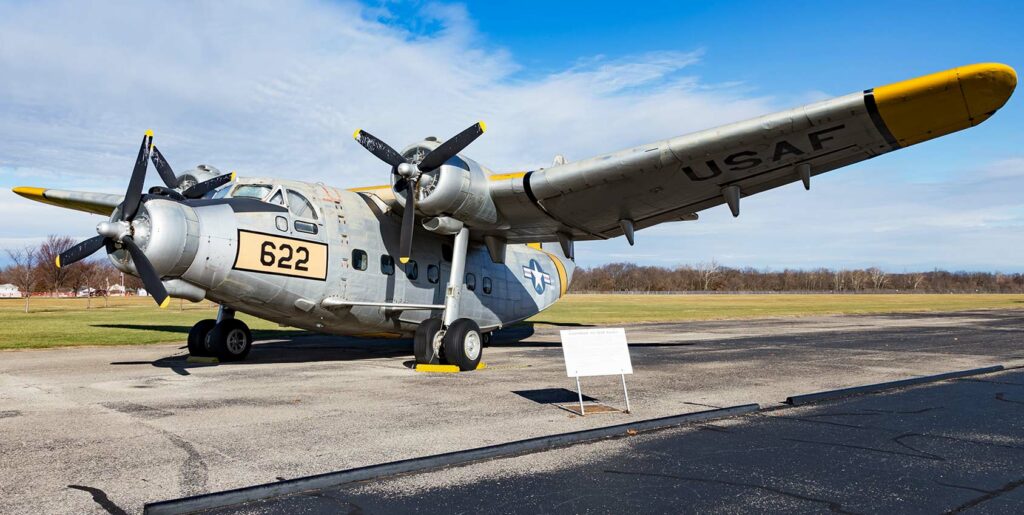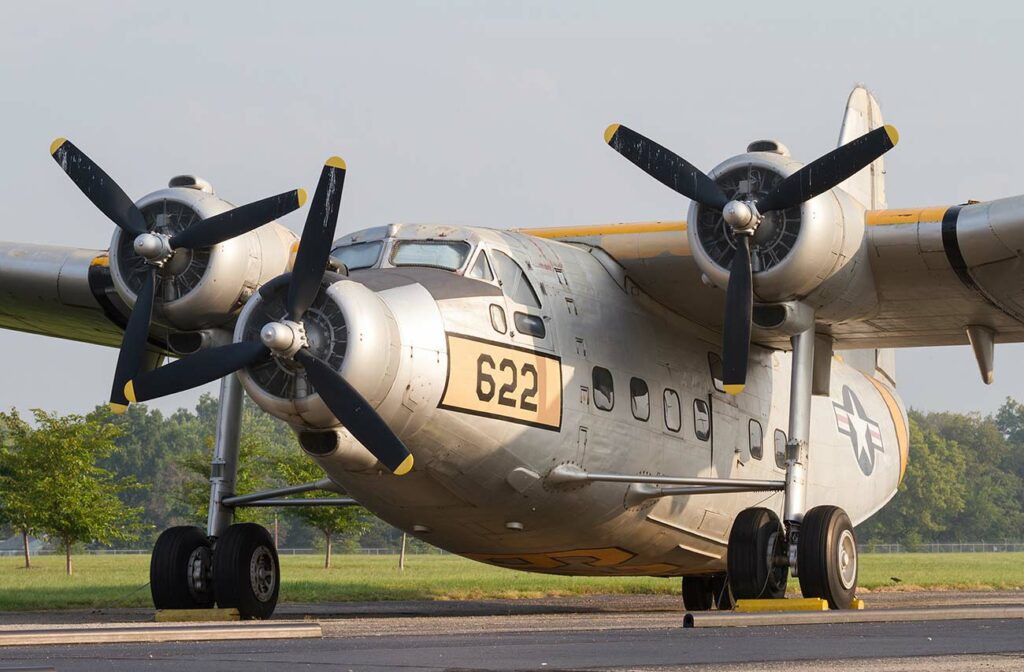The Northrop YC-125 Raider was a 1950s U.S. utility transport aircraft, notable for its tri-motor design and STOL capabilities.
In brief
The Northrop YC-125 Raider, developed in the early 1950s, was a short takeoff and landing (STOL) aircraft designed for utility and transport roles, primarily for the U.S. Air Force. This tri-motor aircraft was developed to operate in rugged, unprepared fields, fulfilling the need for a versatile transport capable of performing in various environments. The YC-125 could accommodate up to 36 troops or be configured for cargo transport. Despite its unique design and capabilities, the YC-125 had a limited production run and a relatively short service life, as its performance was surpassed by more advanced aircraft of that era. The Raider remains a notable example of the diverse range of aircraft designs explored during the post-World War II period.
The Northrop YC-125 Raider is an important example of post-World War II aviation development, highlighting the era’s focus on versatility and adaptability in military aircraft design.

History of the Development of the Northrop YC-125 Raider
In the post-World War II era, the U.S. military sought to modernize its transport aircraft fleet to meet the demands of various operational environments, including those requiring short takeoff and landing (STOL) capabilities. The Northrop YC-125 Raider was developed against this backdrop, addressing the need for a robust, versatile utility transport aircraft.
Northrop Corporation initiated the YC-125 program in response to a U.S. Air Force requirement for a new aircraft capable of performing troop and cargo transport, particularly in undeveloped or rugged terrains. The goal was to create a STOL aircraft with sufficient flexibility to be used in different roles, including Arctic rescue and personnel transport.
The program was launched in the late 1940s, and the YC-125 first flew on August 1, 1949. This aircraft was not assigned a NATO nickname, as it was primarily a U.S.-based operation with a limited production run.
Design of the Northrop YC-125 Raider
The Northrop YC-125 Raider featured a high-wing, fixed-tricycle landing gear design, which was conducive to operations from rough fields. The aircraft was powered by three Wright R-1820-99 radial engines, each producing 1,200 horsepower. This tri-motor configuration was chosen for reliability and performance in short takeoff and landing conditions.
The YC-125 had a length of approximately 19.9 meters (65 feet 5 inches) and a wingspan of 30 meters (98 feet 5 inches). Its design allowed for a cargo capacity of around 3,600 kilograms (8,000 pounds) or accommodation for up to 36 troops.
One of the design’s key advantages was its STOL capability, allowing operation from short, unprepared airstrips. However, the aircraft’s performance was limited in terms of speed and range compared to other transport aircraft of the era. The fixed landing gear design also contributed to drag, reducing overall efficiency.
Performance of the Northrop YC-125 Raider
The performance of the YC-125 Raider was optimized for STOL capabilities rather than speed or long-range missions. The aircraft had a maximum speed of approximately 370 km/h (230 mph) and a cruising speed of 290 km/h (180 mph). Its service ceiling was around 6,705 meters (22,000 feet), with a range of 2,092 kilometers (1,300 miles).
Compared to contemporaries like the Fairchild C-123 Provider, the YC-125 had superior STOL performance but lagged in speed and range. Its unique tri-motor design provided reliability but did not offer significant performance advantages over more conventional designs.
Variants of the Northrop YC-125 Raider
The YC-125 Raider was produced in two main variants: the YC-125A for Arctic rescue and the YC-125B for troop transport. The YC-125A was equipped with ski landing gear for operations in snowy conditions, while the YC-125B featured standard landing gear for troop and cargo transport. A total of 23 aircraft were built, including both variants.

Military Use and Combat of the Northrop YC-125 Raider
The Northrop YC-125 Raider was primarily used by the U.S. Air Force for utility transport, Arctic rescue, and troop transport roles. It did not see combat use, as its design was more suited to support and transport missions rather than direct engagement.
The YC-125’s operational career in the U.S. military was relatively short. The rapid advancement in aircraft technology during this period quickly rendered the YC-125 obsolete. It was eventually replaced by more capable and efficient transport aircraft.
The YC-125 was not widely exported and saw limited service outside the United States. By the late 1950s, the aircraft had been largely phased out of active service and replaced by more modern aircraft.
The Northrop YC-125 Raider stands as a unique chapter in the history of military aviation, representing the post-WWII era’s experimentation with diverse aircraft designs. While its operational use was limited, the YC-125’s development and service highlighted the evolving requirements of military transport and the challenges of designing aircraft to meet specific operational needs. Its contribution lies in the exploration of STOL capabilities and the tri-motor design, which added to the broader understanding of aircraft engineering and performance during a transformative period in aviation history.
Back to Transport planes.